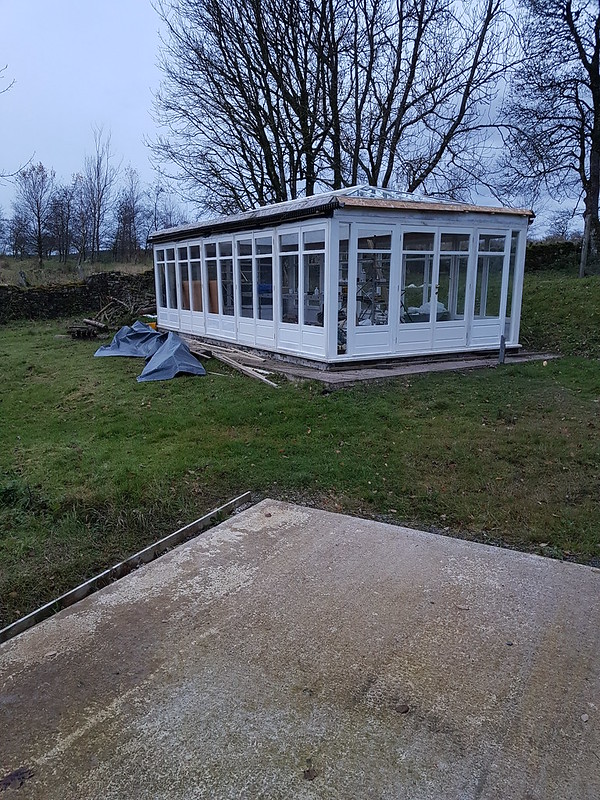RogerS
Established Member
DBT85":23mq88dk said:RogerS":23mq88dk said:DBT85":23mq88dk said:I find moving a hose around between the various tool to be a tedium I would rather avoid. I might want to use the belt/disk sander, drill press, tracksaw, bandsaw etc and because they all pick random bloody sizes for their ports it becomes a pain. I also don't like having the pipe all over the place.
I want to do what Roberto has planned here (though without the loft) but will now probably wait until I build my actual permenant workshop.
Curious to know how you're going to avoid using a tracksaw without a hosepipe all over the place ! Or how you will catch the dust from the drill press ...I think you'll be the first to do that. Also none of those tools that you list are suitable for the size ducting I think you might be considering or even the type of dust extraction you might be thinking of. I accept I could be wrong.
Have you honestly never seen any dx at a drill press?
Honestly ? No !
What I think that this highlights for me is that there is no single best-solution for everyone. It all depends on what specific machines we have and how much we use them, the ratio between dust generators and chip generators, are we skilled hobbyists or a joiner by trade which drives the volume of chips/dust we create.
I've been through all scenarios over the years. At the moment, I have a dedicated cheapy vacuum cleaner with PTO installed underneath the Kapex mitre saw. That's a dust generator. I have a combination machine and I use a 100mm hose connected to an Axi 2200 chip collector and that hose is swapped between planer or thicknesser outlets as required. If I had a system of pipes and blast gates just to accommodate those two then I'd have even more pipework on the floor as a trip hazard. So for me, swapping that single pipe over is not a big deal. The same pipe is used when the spindle moulder is in use but since the moulder fence is removed to use the table saw, there is no way that a fixed system of ducting would work.
The dust from the table saw on the combi is sucked out by a CamVac and the crown guard by a Nilfisk vacuum cleaner - also with PTO. The latter is pressed into service when I need to use the Domino or TS55 tracksaw. It also means that I can easily take it with me into the house (which I'm renovating slowly from top to bottom) or outside to this orangerie (my Forth bridge project)

You might be wondering why I have both chip collector and a Camvac and a couple of vacuum cleaners ! Historical. When I was making joinery and furniture for a living I had an issue with getting rid of my waste. I could get rid of the chips from the 'chip generators' (spindle moulder, P/T) at a local stables but only if there was minimal dust in amongst it. So I separated my dust/chip extraction problems in my old workshop - hence the Axi and the Camvac.
Since moving, our local tip are perfectly happy for me to empty my dust and chips directly into the wood skip. So I'm not even having to waste bags













































